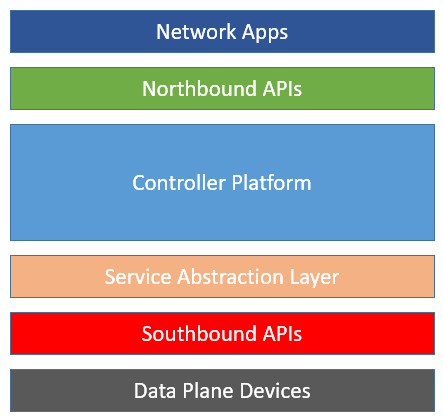Introduction
No doubt you have heard of Agile Project Management techniques and how incredible they are. But what does this new breed of project management objectives seek to improve upon? Well, that would be “traditional” project management.
A Project Defined
Before we go too far in this discussion, we better agree upon exactly what a project is. Let’s agree that a project is a planned program of work that requires a definitive amount of time to complete. In addition to time, it requires effort and planning in order to complete. And we would hope, complete successfully. There is also going to most likely be a budget the project must stay within. Finally, we might create goals or objectives along the way.
Agile represents a modernized approach to getting this project done and done right (successfully). AJSNetworking.com will provide you with plenty of great posts on exactly how Agile works. But again, before we get there, what is it replacing?
Traditional Project Management
Around the time of World War II, project management became a formal discipline. It followed the principles created by the manufacturing models of the time. Traditional project management followed what became known as a waterfall approach – meaning you cannot move to the next phase until the preceding phase is complete. The phases of traditional project management became known by many different descriptors, but here we will settle on the following terms for each phase:
- Requirements
- Design
- Development
- Integration
- Testing
- Deployment
Sadly, it was not the intent of the project managers that created the waterfall approach to enforce this “complete the first step, then move to the next” waterfall approach. This is what occurred in the various industries adopting traditional project management.
Sadly, traditional project management approaches for the software industry began failing at an alarming rate. This helped give birth to none other than Agile. I hope you will join me for a continuing series of posts on this new and exciting breed of project management.

